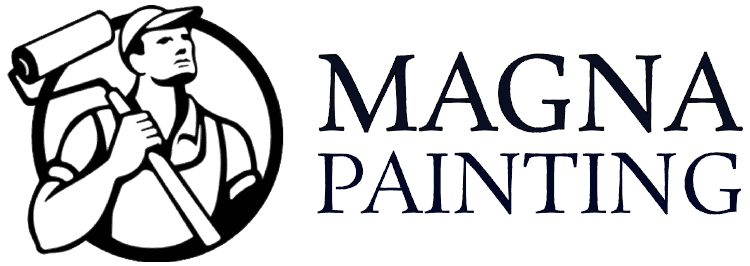Interior house painting safety should be the top priority for anyone looking to personalize their new home with a splash of color. As a seasoned interior house painter, I’ve witnessed the transformative power of paint and the hazards that come with it. My goal today is to guide you through the safest approach to painting, sharing tips and personal anecdotes to help you navigate this exciting journey with health and safety at the forefront.
Choose the Right Paint: Understanding VOCs and Your Health
Volatile Organic Compounds (VOCs) are chemicals in many paints that can evaporate into the air and pose health risks. Opting for low-VOC or VOC-free paints is crucial in interior house painting safety. Remember, the slight cost difference is a small price to pay for your health. I once had clients who insisted on using high-VOC paint for its durability. Despite the precautions, they reported headaches and a lingering odor weeks after. This experience underscored the importance of choosing safer paints.
Proper Ventilation When Painting: A Must for Interior House Painting Safety
Proper ventilation when painting is non-negotiable. Opening windows and using fans speeds up the drying process and minimizes exposure to harmful fumes. I recall a project where inadequate ventilation led to the paint taking days to dry properly, highlighting the critical nature of airflow. Always ensure your space is well-ventilated, a cornerstone of interior house painting safety.
Personal Protective Equipment (PPE): What You Need
Wearing the proper PPE—masks, gloves, and goggles—can significantly reduce exposure to paint fumes and particles. A lesson I learned early in my career was the difference a quality mask can make. After neglecting this in my first few jobs, I experienced mild breathing discomfort, which was a wake-up call to never skimp on protection.
Safe Paint Storage and Disposal: Protecting Your Home and Environment
It is crucial to store paint properly and dispose of it responsibly. Paint that is improperly sealed can lead to spills or harmful fumes escaping. Moreover, knowing how to dispose of leftover paint correctly is not just about interior house painting safety but also environmental responsibility. Many communities offer hazardous waste collection days, perfect for disposing of old paint.
Recognizing and Responding to Paint Fumes Exposure
Even with all precautions, exposure to paint fumes can happen. It is key to recognize symptoms like dizziness, nausea, or headaches early and respond promptly. Ventilating the area and taking a break outside can mitigate these symptoms. In severe cases, don’t hesitate to seek medical advice.
Painting Your Home Safely: A Final Brushstroke on Health and Harmony
As we conclude this journey through the essentials of interior house painting safety, I hope these insights and stories from my years in the field empower you to tackle your painting projects with confidence and care. Remember, the goal is not just to beautify your space but to do so in a way that prioritizes the well-being of you and your loved ones.
At Magna Painting, our professional interior house painting services are here to revitalize your space in Greater San Antonio, TX. Whether you want to add a splash of color or revamp your entire interior, we’ve got you covered. We proudly serve Helotes, Shavano Park, Boerne, Fair Oaks, Bulverde, Schertz, Hollywood Park, Timberwood Park, Alamo Ranch, TX, and surrounding areas with high-quality paint and experienced painters who pay attention to every detail. From color consultations to meticulous prep work and clean-up, we take care of everything to ensure your satisfaction.
Contact us today at 210-796-6601 for a free estimate, and let’s give your home a stunning new look!

